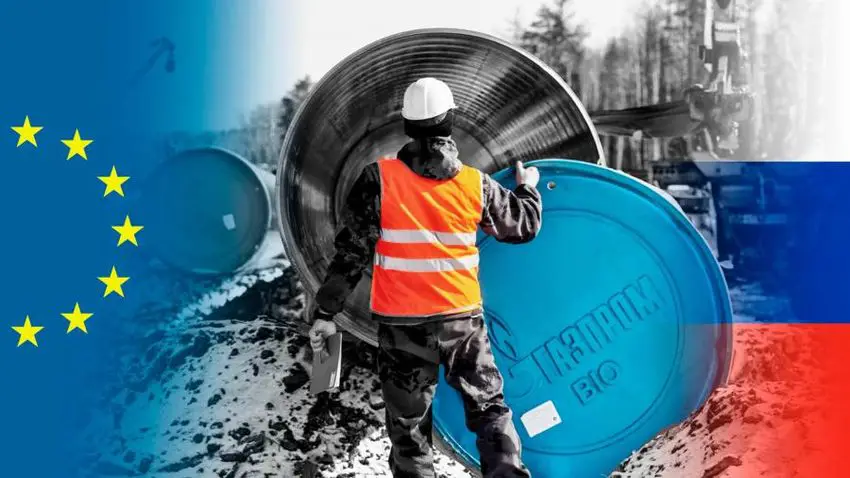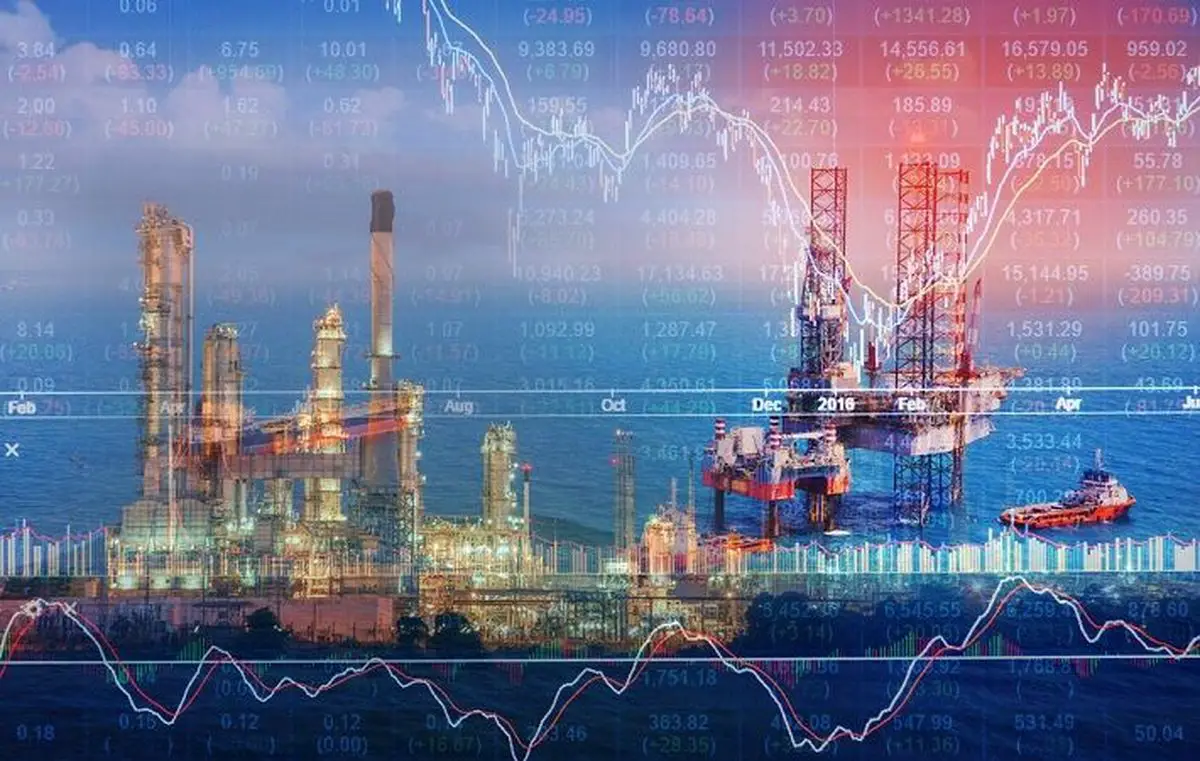On Wednesday, European and British gas prices exploded, with the Netherlands’ benchmark gas price hitting a new high as countries said EU sanctions against Russia might target gas deliveries, while some Russian liquefied gas cargos changed course.
The United Kingdom on Monday ordered that ships owned or directed by Russia be banned from its ports, while officials from several EU countries have said the 27-member bloc is mulling a ban on Russian vessels.
On Tuesday, the European Parliament urged the EU to shut its ports to Russian vessels or ships bound for or from Russia.
Although the Parliament does not have the power to impose penalties, traders interpreted Tuesday’s vote as a sign that further tightening of sanctions against Russia, which supplies around 40 percent of the EU bloc’s natural gas, is on the way.
Although not all countries receive supply straight from Russia, if nations like Germany, which is the biggest consumer of Russian gas, receive less from Russia, they must compensate by importing it from somewhere else. For example, Norway uses a lot of Norwegian oil because it gets lacks Russian gas.

Russia-Ukraine War: Gas prices hit record high
On Wednesday, the benchmark Dutch front-month gas agreement at the TTF hub hit an all-time high of $205 per tonne – just surpassing the previous peak of $204 seen last December when Russian flows through the major Yamal pipeline started flowing eastwards in reverse.
Amidst reports that Russian cargos of liquefied natural gas were being avoided from UK ports, the front-month contract for the UK reached its highest level ever at 384 pence a therm.
“The price move today is not based on fundamental changes to the European gas balances. The main driver behind the sharp rise in the TTF is a perceived increase in the risk of European sanctions targeting Russian energy exports.”
-Leon Izbicki, European natural gas analyst at Energy Aspect

Physical deliveries of gas from Russia to Europe through its numerous pipelines have so far remained largely unchanged, despite the ongoing conflict in Ukraine.
Gas shipments from Russia via pipelines through Ukraine have remained solid. On Wednesday, capacity nominations for delivery to Slovakia from Ukraine through the Velkapusany border checkpoint were expected to reach their highest level yet in 2022, at 881,917 megawatts hours.
According to traders and analysts, as the war and sanctions continue to advance, the chances that this will change are increasing, which is leading to large price increases.
“With the potential supply disruption from Russia reverberating throughout the European energy market, volatile energy prices are likely to continue for the foreseeable future.”
-Craig Lowrey, senior consultant at Cornwall Insight





